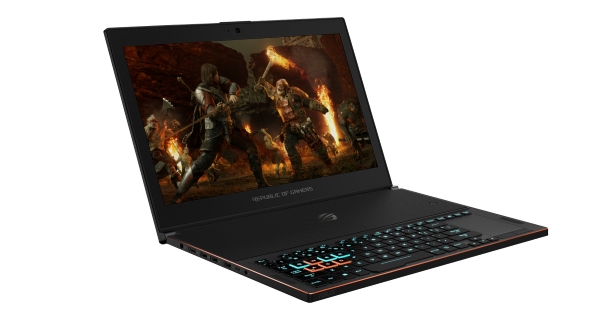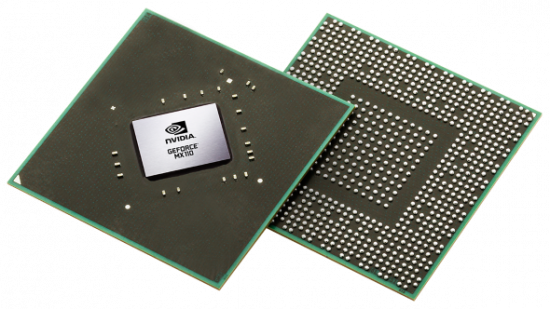Nvidia have released their low-end MX130 and MX110 mobile GPUs… feeling underwhelmed? Yeah, us too. Well, Nvidia didn’t feel the need to make much of a song and dance about the release either. These two mobile GPUs stealthily join the Nvidia ranks sitting below the MX150 – a mobile GPU under now considerable threat from both Intel and AMD.
Don’t settle for a trackpad, get serious with one of the best gaming mice.
Nvidia’s MX150 GPU has been subject to a joint offensive from Intel and AMD, both independently, and in cahoots with each other in the Kaby Lake G chips. It seems like an odd time for Nvidia to diversify their mobile portfolio – at least into cheaper low-performance components.
The MX110 features 1.5x the graphical power of Intel’s UHD 620 integrated graphics, which seems a little lacklustre- and that’s being generous – and not really enough to warrant the creation of an extra discrete component. The MX130, on the other hand, sports 2.5x the performance of Intel’s top mobile iGPU – but, again, is of limited use unless it is exceptionally cheap. These are both built upon the old-school Maxwell architecture, and are likely rebrands of the 920MX and 940MX mobile GPUs that have been around for a while.
The small performance boosts over Intel’s iGPUs are difficult to justify, and given that these are likely remastered Maxwell mobile chips, they are already outdated at their inception. They will be an exceptionally tough sell in a mobile graphics market that is just starting to get interesting.

AMD’s first Raven Ridge APU went on sale only days ago and promises to match Nvidia’s discrete mobile MX150 – but in an all-in-one ultra-thin, power efficient, package. If the combination of AMD’s devastating desktop Ryzen chips and Vega graphics wasn’t enough, Intel and AMD are aiming to put the final nails in the Green team’s mobile graphics coffin with an unlikely joint venture, currently known as Kaby Lake G.
This rare comradeship between Intel and AMD will see them combine both Intel’s world-class processor tech with AMD’s graphical expertise, conjoined by Intel’s Multi-die Interconnect Bridge. While we can’t yet discern exactly what went on in both boardrooms to bring these two companies together, it’s likely for the greater good of both parties – to boot Nvidia out of the low-power mobile graphics market.
It’s no surprise that Intel and AMD can’t compete with Nvidia on high-end discrete mobile graphics – Max-Q designs are still the only option for high-end, slimline gaming laptops after all – but these two companies latest efforts in ultrabooks may have Nvidia scrabbling for market share in no time. With the MX110 and MX130, it seems that Nvidia are attempting to emphasise their leading position in mobile graphics – at least to investors. But with both CPU giants closing the door on Nvidia, even with serious performance, it may be tough to get their mobile GPUs into the hands of consumers.
